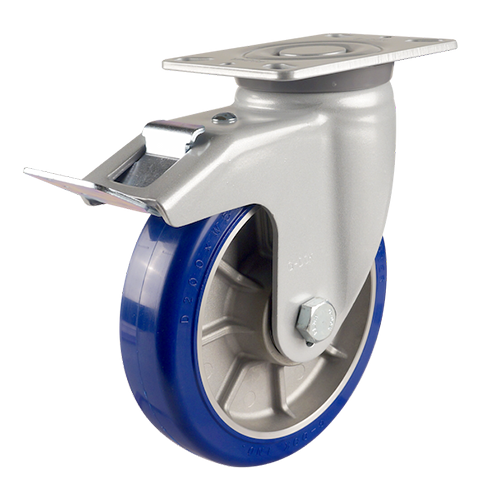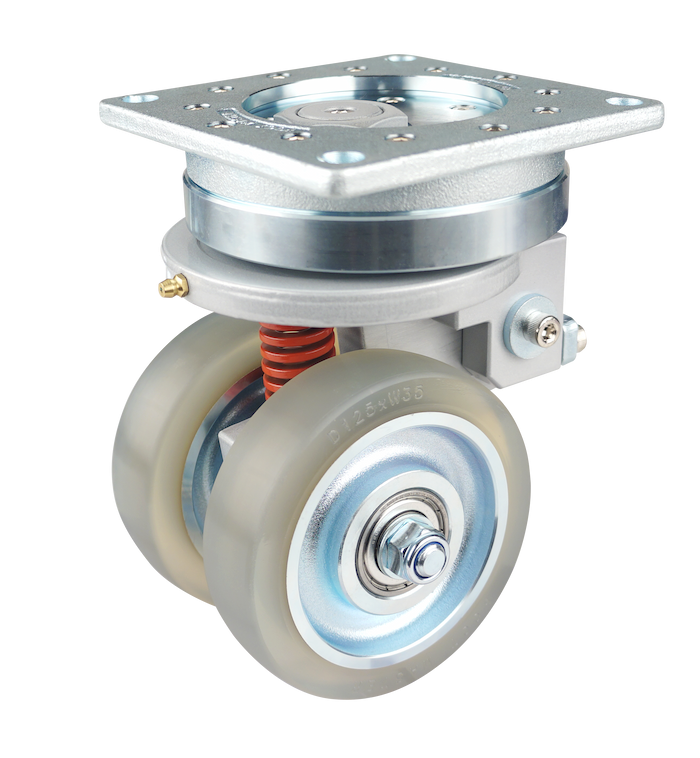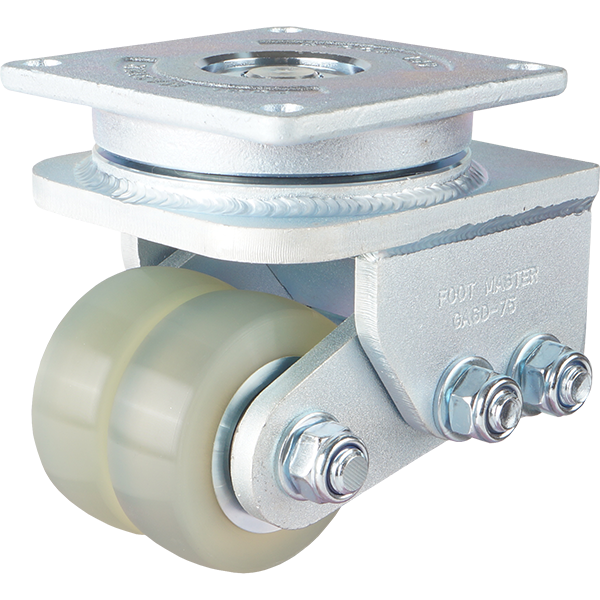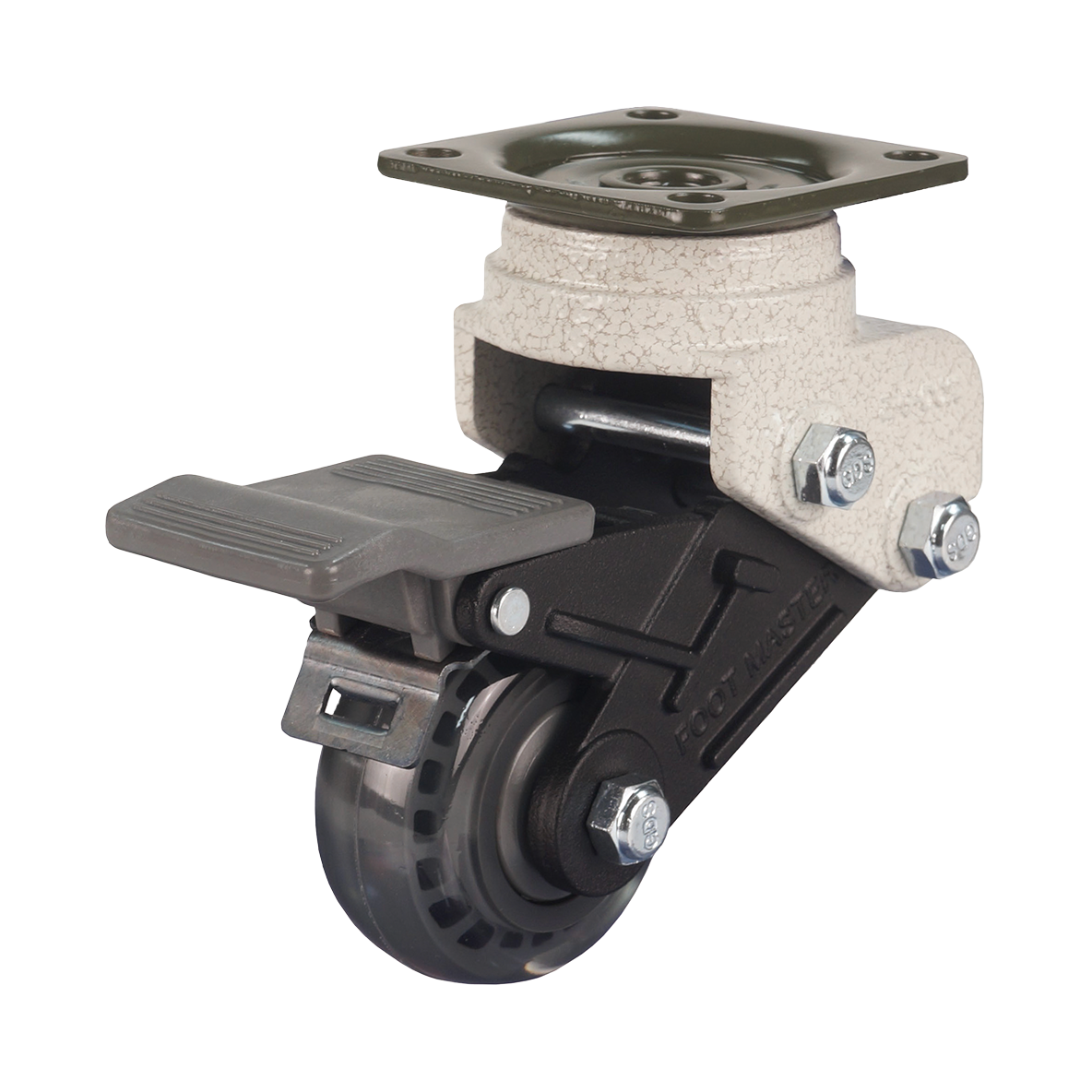Green Energy, Sustainable Energy and Renewable energy
What is Green Energy?
Green energy is any energy type that is generated from natural resources, such as sunlight, wind or water. It often comes from renewable energy sources although there are some differences between renewable and green energy, which we will explore, below.
The key with these energy resources are that they don’t harm the environment through factors such as releasing greenhouse gases into the atmosphere.
As a source of energy, green energy often comes from renewable energy technologies such as solar energy, wind power, geothermal energy, biomass and hydroelectric power. Each of these technologies works in different ways, whether that is by taking power from the sun, as with solar panels, or using wind turbines or the flow of water to generate energy.
In order to be deemed green energy, a resource cannot produce pollution, such as is found with fossil fuels. This means that not all sources used by the renewable energy industry are green. For example, power generation that burns organic material from sustainable forests may be renewable, but it is not necessarily green, due to the CO2 produced by the burning process itself.
Green energy sources are usually naturally replenished, as opposed to fossil fuel sources like natural gas or coal, which can take millions of years to develop. Green sources also often avoid mining or drilling operations that can be damaging to eco-systems.
What is sustainable energy?
Sustainable energy includes any energy source that cannot be depleted and can remain viable forever. It does not need to be renewed or replenished; sustainable energy meets our demand for energy without any risk of going bad or running out. This is why sustainable energy is the answer to our energy needs.
Furthermore, sustainable energy doesn’t harm the environment (or at most, there is a minimal risk), increase climate change or cost a heavy price. Although there is a cost associated with creating and building ways to capture sustainable energy, the energy sources themselves are typically free.
Examples of sustainable energy sources include wind, solar and water (hydropower). All of which can be considered inexhaustible and widely available to almost everyone. Geothermal energy can also be included as a sustainable alternative energy source. Geothermal energy creates usable energy from the planet’s internal energy sources, such as geysers.
What is the difference between sustainable and renewable energy?
People often use the terms “sustainable” and “renewable” interchangeably. However, there is a difference between the two: the possibility of replenishment.
Sustainable energy, as highlighted above, is theoretically inexhaustible. It cannot be depleted because sustainable energy sources don’t need to be replenished. For example, think of the sun or wind. Neither resource needs to be created or replaced.
On the other hand, renewable energy is theoretically exhaustible — it uses resources from the earth that can naturally be replenished, such as crops and biomatter. A renewable energy source like bioenergy uses biological masses (e.g. agricultural byproducts like straw and manure) to create energy. Another example of bioenergy is ethanol, which is made from sugarcane and corn. Since these crops can be planted and farmed to generate more energy, it’s a type of renewable energy.
Green energy is any energy type that is generated from natural resources, such as sunlight, wind or water. It often comes from renewable energy sources although there are some differences between renewable and green energy, which we will explore, below.
The key with these energy resources are that they don’t harm the environment through factors such as releasing greenhouse gases into the atmosphere.
As a source of energy, green energy often comes from renewable energy technologies such as solar energy, wind power, geothermal energy, biomass and hydroelectric power. Each of these technologies works in different ways, whether that is by taking power from the sun, as with solar panels, or using wind turbines or the flow of water to generate energy.
In order to be deemed green energy, a resource cannot produce pollution, such as is found with fossil fuels. This means that not all sources used by the renewable energy industry are green. For example, power generation that burns organic material from sustainable forests may be renewable, but it is not necessarily green, due to the CO2 produced by the burning process itself.
Green energy sources are usually naturally replenished, as opposed to fossil fuel sources like natural gas or coal, which can take millions of years to develop. Green sources also often avoid mining or drilling operations that can be damaging to eco-systems.
What is sustainable energy?
Sustainable energy includes any energy source that cannot be depleted and can remain viable forever. It does not need to be renewed or replenished; sustainable energy meets our demand for energy without any risk of going bad or running out. This is why sustainable energy is the answer to our energy needs.
Furthermore, sustainable energy doesn’t harm the environment (or at most, there is a minimal risk), increase climate change or cost a heavy price. Although there is a cost associated with creating and building ways to capture sustainable energy, the energy sources themselves are typically free.
Examples of sustainable energy sources include wind, solar and water (hydropower). All of which can be considered inexhaustible and widely available to almost everyone. Geothermal energy can also be included as a sustainable alternative energy source. Geothermal energy creates usable energy from the planet’s internal energy sources, such as geysers.
What is the difference between sustainable and renewable energy?
People often use the terms “sustainable” and “renewable” interchangeably. However, there is a difference between the two: the possibility of replenishment.
Sustainable energy, as highlighted above, is theoretically inexhaustible. It cannot be depleted because sustainable energy sources don’t need to be replenished. For example, think of the sun or wind. Neither resource needs to be created or replaced.
On the other hand, renewable energy is theoretically exhaustible — it uses resources from the earth that can naturally be replenished, such as crops and biomatter. A renewable energy source like bioenergy uses biological masses (e.g. agricultural byproducts like straw and manure) to create energy. Another example of bioenergy is ethanol, which is made from sugarcane and corn. Since these crops can be planted and farmed to generate more energy, it’s a type of renewable energy.
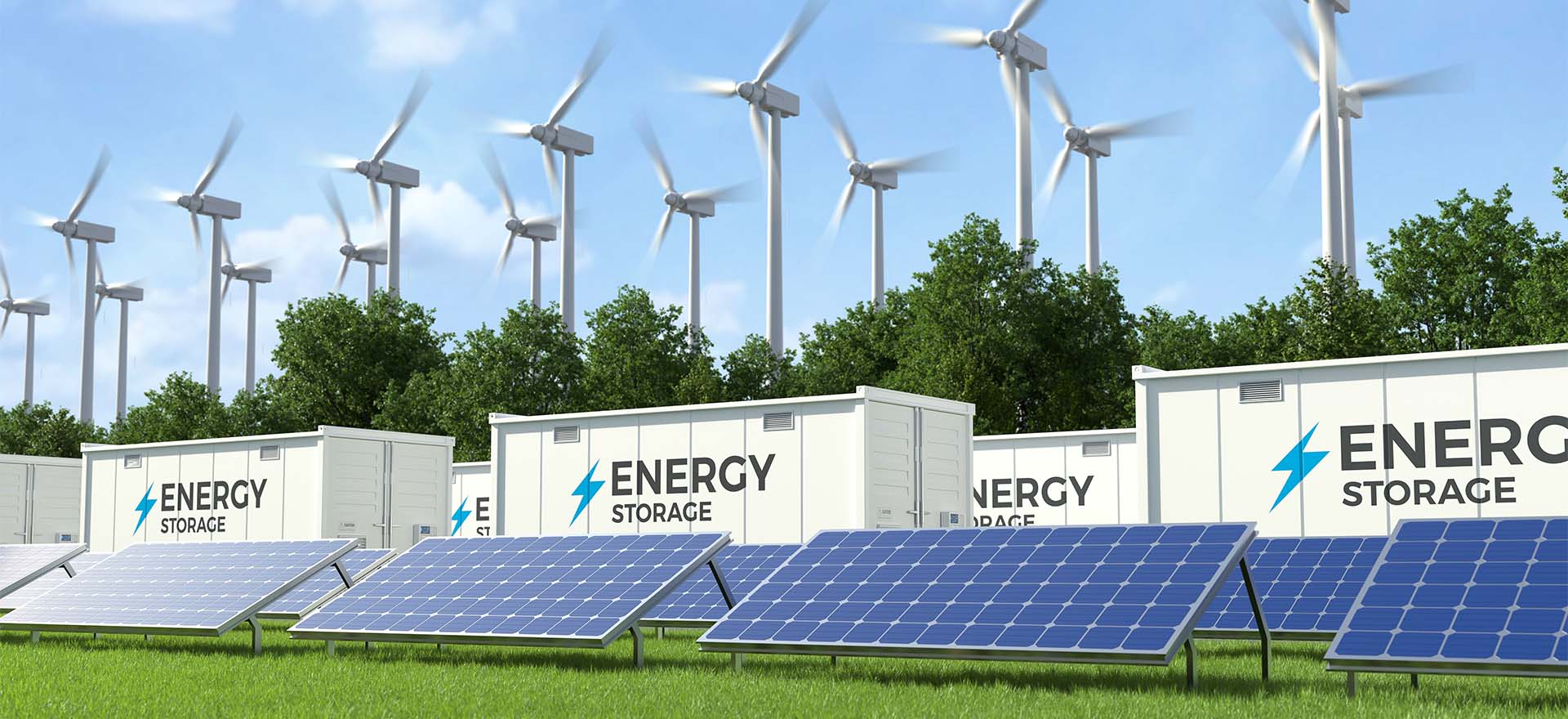
Related Products


